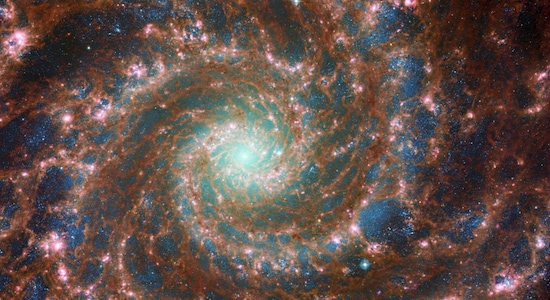
 1 / 8
1 / 8James Webb Space Telescope began operation | The most powerful observatory in space, the James Webb Telescope, hit its mark at a destination one million miles from Earth in January. It soon unfurled its complicated sun shield and calibrated its scientific instruments. The images produced by the telescope have exceeded expectations for the degree of precision. The James Webb Space Telescope is a partnership between NASA, the European Space Agency, and the Canadian Space Agency. It is expected to observe some of the oldest, faintest light in the universe and enlighten a bit more about the Big Bang. So far, the telescope has captured some of the most striking images of planets and stars, light from exoplanets and some of the most distant and complex galaxies.
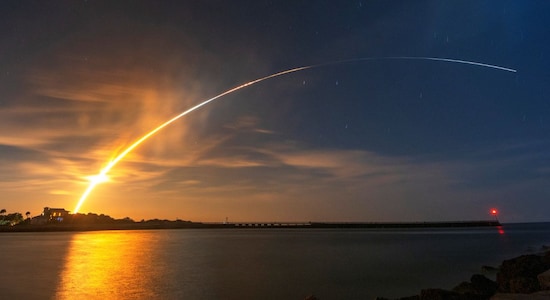
 2 / 8
2 / 8NASA’s Artemis Mission | This year, NASA launched its uncrewed test mission, as a part of the Artemis lunar mission that aims to send astronauts to the Moon. The uncrewed Artemis 1 mission employed NASA’s massive Space Launch System, and the Orion space capsule. The SLS rocket is thought to be the most expensive ever built. The rocket launched the Orion space capsule, which is meant to carry astronauts around the moon. After going around the Moon and completing a record 1.4-million-mile journey, the Orion capsule splashed down to Earth on December 11, to mark the end of the inaugural Artemis 1 lunar mission. If all goes well in the post-flight analyses of the mission, NASA will gear up for the Artemis programme's first-ever crewed flight under the Artemis 2 mission, which will send astronauts around the Moon in 2024. NASA plans to land astronauts near the Moon's south pole under the Artemis 3 mission in 2025 or 2026.
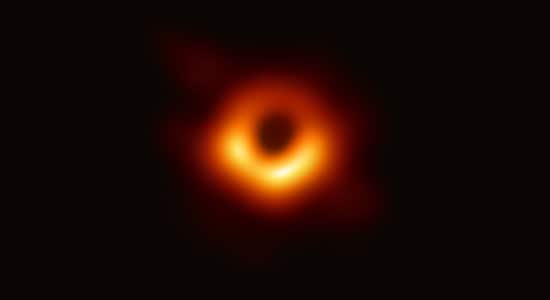
 3 / 8
3 / 8First photo of the giant Milky Way black hole | For the first time ever, astronomers were able to capture the giant black hole that sits at the centre of the Milky Way and its image was released this year in May. With eight linked radio dishes from around the world, the Event Horizon Telescope took a picture of the shadow of the supermassive black hole known as Sagittarius A* in 2019. Hundreds of scientists from 80 institutions around the globe worked together to collect, process, and piece together fragments of data to make the picture which was finally released this year. Until now, any depiction of the black hole was merely an artist's interpretation, as they are notoriously difficult to capture as even light gets sucked in by its gravity.
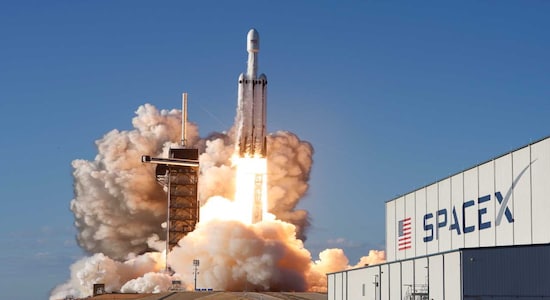
 4 / 8
4 / 8SpaceX Starlink achieves new heights | SpaceX kicked off the first space mission of 2022 as it launched 49 new Starlink satellites into Earth's orbit aboard a Falcon 9 rocket, bringing its grand satellite total to nearly 2,000. By October, SpaceX had successfully launched more than 3,500 satellites, celebrating a new milestone. In December, SpaceX also got the green light to grow its Starlink broadband-from-space constellation to more than 10,000 small satellites over the next several years.
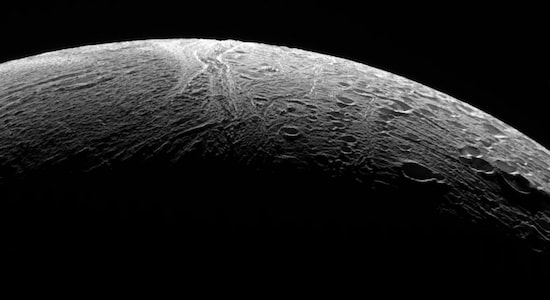
 5 / 8
5 / 8Phosphorus, an essential ingredient for life, found on Saturn's moon | Before operators deliberately crashed the spacecraft Cassini into Saturn in 2017, it was found that it had gathered data which suggested that one of the planet’s moons, Enceladus, contained most of the ingredients that are essential to life on Earth. Scientists discovered the presence of ammonia, carbon, nitrogen, oxygen and methane in Enceladus which are potential signs of life. This year, new research using data from Cassini has found that Enceladus may also have phosphorus, which is considered an essential ingredient for life. Even though scientists were not able to find the element directly, their analysis suggests that Enceladus’s ocean should be relatively rich in dissolved phosphorus.
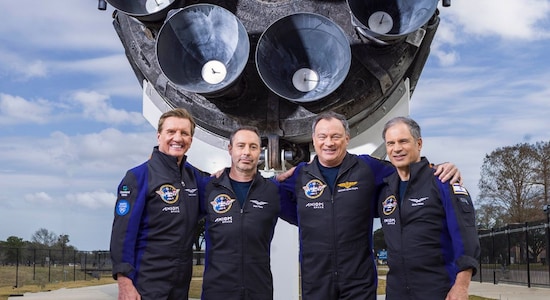
 6 / 8
6 / 8First private crew launch to ISS | The first private crew of four astronauts was launched to the International Space Station (ISS) by Axiom Space and SpaceX on April 8. The four members of the Axiom-1 crew included Michael López-Alegría, Larry Connor, Eytan Stibbe and Mark Pathy, who are not employed by the government. López-Alegría, a former NASA astronaut, was Axiom’s chief astronaut. The other three were paying spaceflyers. They returned to Earth on April 25.
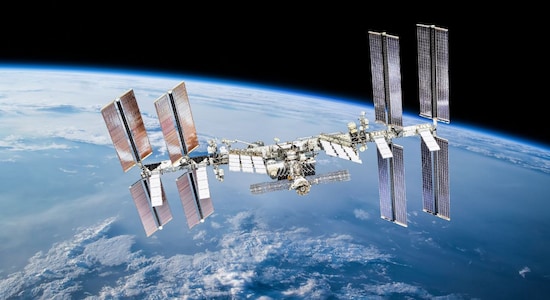
 7 / 8
7 / 8Russia decides to quit ISS | In July this year, Yury Borisov, Director General of Russian space agency Roscosmos, confirmed that Moscow had decided to quit the International Space Station (ISS) after 2024 and focus on developing its own orbital outpost. US space agency NASA had already announced plans to retire the ISS in 2031. “Of course, we will fulfil all our obligations to our partners but the decision to leave this station after 2024 has been made," Borisov had said.
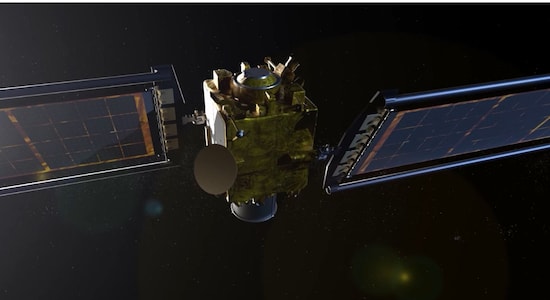
 8 / 8
8 / 8NASA's DART mission | US space agency NASA conducted the Double Asteroid Redirection Test (DART) successfully which altered the trajectory of the asteroid Dimorphos when the spacecraft intentionally slammed into the 160-metre wide (520 feet) space rock on September 26. This was the first time that a human-built object changed the motion of a celestial body in space. The aim of the $330-million proof-of-concept DART mission, which had been in the works for seven years, was to test a potential strategy to defend the Earth against threatening objects. The success of the mission shows that this concept could work if it is initiated early enough and the target is not overly massive.

